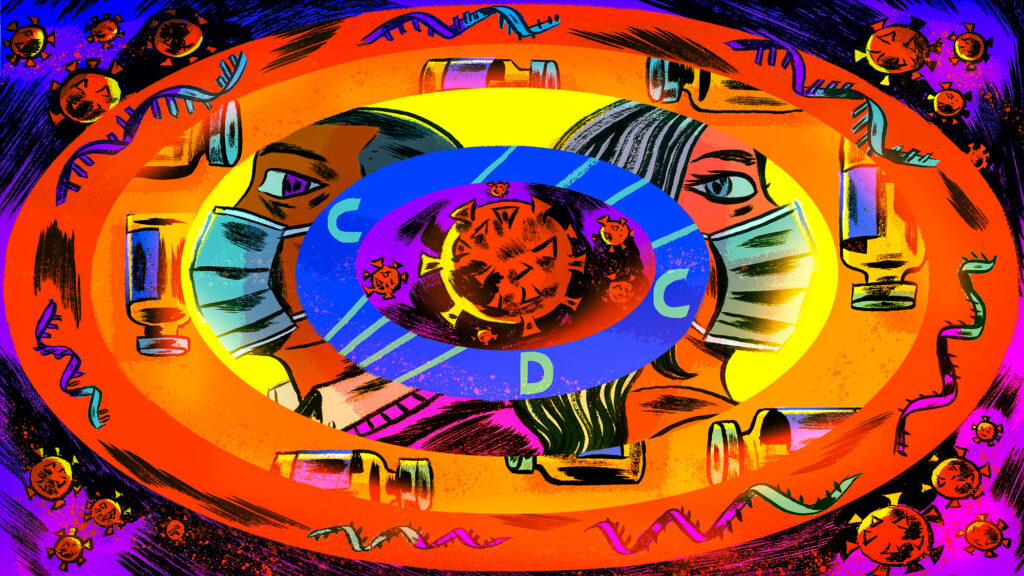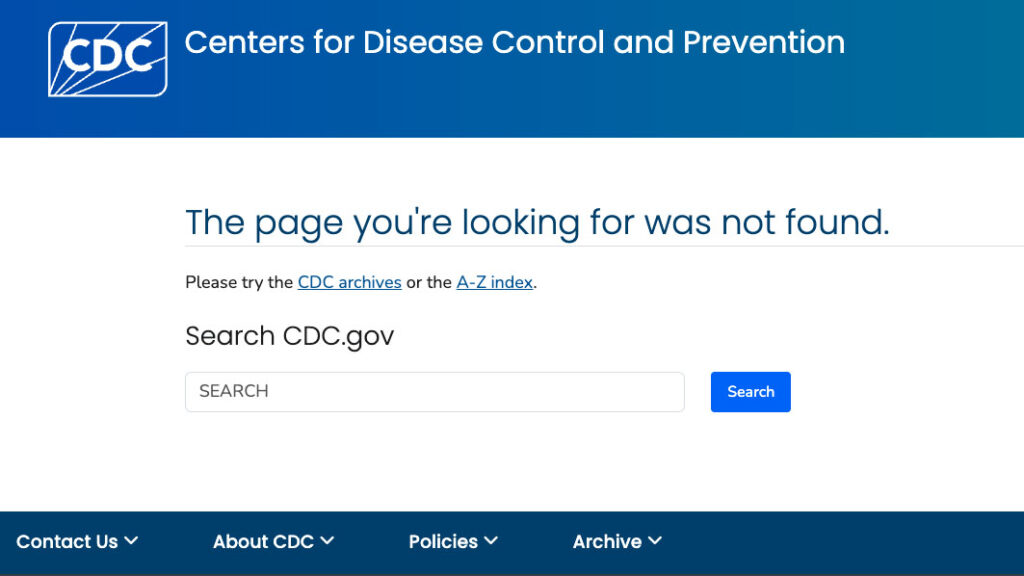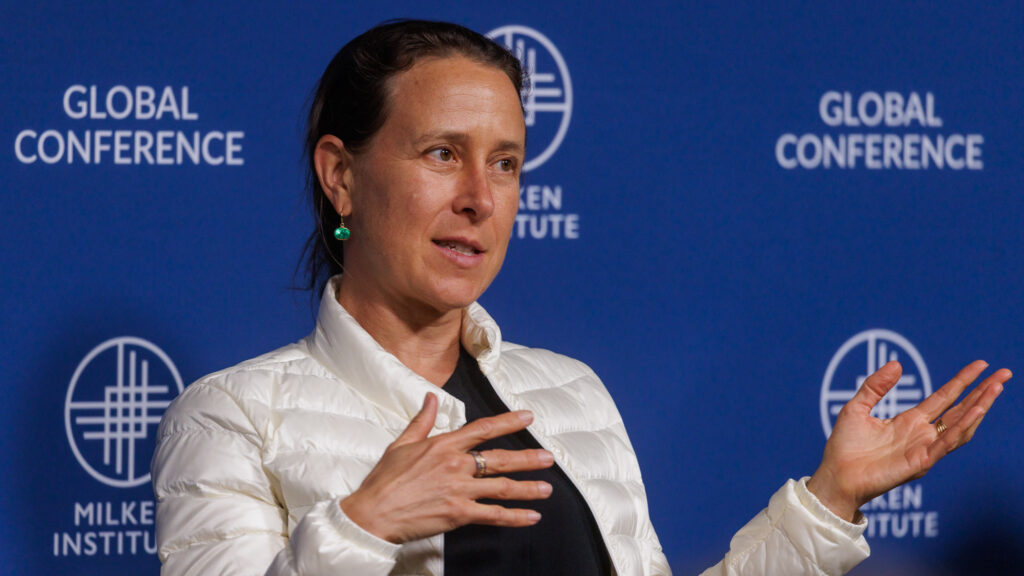Five years ago this week, STAT was interviewing nervous infectious disease scientists about a mysterious disease spreading in the mediano Chinese city of Wuhan, located roughly 500 miles west of Shanghai. On Jan. 4, 2020, we published the first of what would become a torrent of articles on the disease now known as Covid-19.
The intervening years have both sped and crawled by, too busy at times to take stock of all that has changed, too plodding to believe we have arrived at this anniversary already. (The first case of Covid in the U.S., in a person who had traveled to Wuhan, was not confirmed by the Centers for Disease Control and Prevention until Jan. 20, 2020.)
What do we have to show for the time that has passed? Not enough.
There’s a saying attributed to all sorts of people that one shouldn’t waste a good crisis. In public health, especially, learning from disease outbreaks and environmental disasters is critical; figuring out what worked and what didn’t is fundamental to emergency response planning for the next time. Much as we all might hate the idea, the fact remains that there will be more pandemics. We cannot wish them away and we imperil ourselves if we do not prepare for them. Already, there are renewed concerns about the potential for an H5N1 flu pandemic, with the virus tearing through U.S. dairy cow herds over the past year and also infecting at least 66 people in this country, most of them workers exposed to infected cows or poultry.
And yet there haven’t been the types of post-mortems or after-action inquiries that normally follow an event of the magnitude of the Covid pandemic. In 2021 a group of experts in public health, science, and other fields began to lay the groundwork for what they thought would be an independent commission looking into the handling of Covid. When the Biden administration decided not to appoint such a body, the group turned its work into a book that was published in the spring of 2023. “They didn’t have an agenda in mind. They could not articulate even to themselves internally as to how the system should change,” the lead author, Phillip Zelikow, said at the time of the administration’s decision to forgo an inquiry.
We appear to be trying to teach ourselves the lessons of Covid the hard way.
So as we ruminate on the fact that a half-decade has passed since Covid entered our world, here are some thoughts about things we will likely have to deal with when the next pandemic hits — realities that can be traced back directly to the Covid experience.
Public trust in public health institutions has cratered
The CDC has long been the world’s preeminent public health agency. It’s not a coincidence the Chinese, European, and African equivalents are called China CDC, the ECDC, and the Africa CDC. But at the beginning of the Covid pandemic, when the United States was trying to identify newly infected individuals to limit transmission, a test devised by the CDC — the only one in use at the time — failed. Mistakes happen, but that was a bad mistake to make at a very bad time to make it. A successful test would not have stopped Covid. But the unsuccessful test made the CDC look inept just when the country turned to it to chart the path forward.
Later, messaging from officials at the CDC and elsewhere in the government discouraged the public from wearing masks, in part — though this was not generally acknowledged out loud — to preserve scarce supplies for health care workers who were forced to reuse disposable surgical masks for days on end because hospitals couldn’t replace them. Then the guidance shifted and people were urged to mask up even out of doors, with the CDC’s website offering instructions on how to make a mask using hair elastics and T-shirt fabric. A surreal read even back in 2020, those instructions can still be found in the agency’s online archives.
Then there were communications failures that further undermined the CDC’s reputation in some quarters. The agency’s guidance on how long people with Covid needed to isolate themselves was shortened when the highly infectious Omicron variant took off in late 2021. The move wasn’t evidence-based; it was motivated by real-world exigencies. So many people were becoming sick at once that in order to keep pharmacies and health care operations functioning, the 10-day isolation recommendation had to be eased. It made sense, at least for essential workers. But the exact reason for the move was never fully explained, and a public that had grown skeptical of the CDC’s competence viewed it as either yet another flip-flop, or a mistake, or both.
What the public forgets — never really seemed to take onboard, actually — was that Covid was a new disease, which meant that scientists at the CDC and the World Health Organization (which also took some credibility blows) and elsewhere were figuring things out in real time — like how the virus transmitted, when people were infectious, how long it took from infection to symptom onset as the SARS-CoV-2 virus was spreading around the globe. People in the emergency response sector talk about building the ship and sailing it at the same time. That was Covid.
But instead of welcoming course corrections as the logical extension of the acquisition of more information, the public viewed them as evidence of earlier errors. The legacy of those perceived mistakes will follow agencies like the CDC and the WHO into the next pandemic, especially if the next one occurs when memories of Covid are still fresh.
It is also, incidentally, hurting those agencies now. The incoming Trump administration is talking about major changes at the CDC, and a U.S. withdrawal from the WHO. If either agency had emerged from the Covid pandemic as bona fide heroes in the eyes of the public, such moves might be seen as too risky to make. Such is not the case.
The way to rapid vaccine development is mRNA. But people don’t trust it
STAT has said it before and we’ll say it again: The speed with which Covid-19 vaccines were developed, tested, authorized, and distributed en masse around the globe was a freaking miracle. That it happened with the speed it did — first doses of the first vaccines were in arms within 11 months, 11 billion doses were distributed globally in the 15 months that followed — was in large measure due to the success of the messenger RNA vaccine platform, the production method used by Pfizer and its partner BioNTech as well as by Moderna. They were the first vaccines to become available and they retain the largest portion of market share in affluent countries.
A key feature of the mRNA vaccine platform is that it is flexible and fast. Whereas the strains that go into flu shots have to be selected in February so that vaccine manufacturers have enough time to make the needed doses for the fall, the Food and Drug Administration announced in mid-June what strain the fall 2024 Covid vaccines should target, and initial doses of the two mRNA products were made and approved for release on Aug. 22. Novavax, which uses a different and slower production process, had started making its fall shots “at risk” before the mid-June strain guidance came out, banking on the notion that the FDA would recommend an older version of the virus. When the strain guidance was issued, upending that assumption, Novavax didn’t have time to switch gears. Its vaccine, which the FDA nonetheless approved, came to market a little later than the mRNA shots.
The nimbleness of the mRNA platform will be of critical importance when the next pandemic starts, especially if it is triggered by a flu virus. Most flu vaccines are made using a fussy process in which large amounts of virus are grown in hen’s eggs, then inactivated. The approach takes months, and can be especially difficult when manufacturers are working with a new virus; it takes time to figure out how to optimize growth. During the 2009 H1N1 flu pandemic, which was blessedly mild as pandemics go, the U.S. started to roll out its mostly egg-based vaccines as the fall wave of the pandemic was sharply declining. Many countries had no vaccine, or vaccine that arrived so late it was no longer needed.

Flu vaccines produced in eggs will undoubtedly be part of the response to the next flu pandemic; much of the existing seasonal vaccine manufacturing is built on this platform. Still, the demand for pandemic flu vaccine will exceed the amount made for seasonal flu campaigns, and the mRNA platform offers a speed that egg-based production cannot match. But whereas people were eager to get the mRNA shots early in the Covid pandemic, acceptance of these vaccines has declined over time. Part of that is likely because people don’t fear Covid in the way they did a few years ago — nor should they. As a species, we have acquired a lot more immunological armor with which to fight off the worst of Covid.
But less fear of the virus does not fully explain the sharp drop in Covid vaccine uptake that has been reported. There is a distrust of, and dislike of mRNA vaccines among some people. Though the risk of death from Covid still exceeds that of dying from flu, about twice as many people got a fall flu shot for the 2023-24 season versus a Covid booster. Data for the current cold, Covid, and flu season show a similar trend, with only 44% of adults aged 65 and older having gotten a Covid shot compared to 68% who got a flu shot, even though Covid poses the greater risk for this age group.
Some of the resistance to mRNA vaccines falls along political divides, at least in the United States. A survey of 10,133 adults conducted by the Pew Research Center in February 2024 found a 42-percentage point gap between Democrats who had had a recent Covid booster compared to Republicans. While the gap has existed since the early days of Covid vaccination, it has widened over time.
The concern about the vaccine platform isn’t just political and it isn’t just in the U.S. A study analyzing global attitudes towards mRNA vaccines on the social media platform X — previously known as Twitter — from June 2022 to May 2023 found a widespread lack of confidence in the safety and effectiveness of mRNA vaccines, with much of the discussion anchored in misinformation.
“Compared to traditional vaccines, mRNA vaccines have faced heightened distrust and safety concerns from the public, reflecting wariness towards novel medicines and vaccines, and worries over their emergency use authorization,” the authors wrote.
There have been all sorts of unfounded rumors about the vaccines, from suggestions they affect fertility to the truly bizarre notion that they are a delivery mechanism for tracking microchips that billionaire philanthropist Bill Gates wanted implanted in untold millions of people, leading a befuddled Gates to ask on X “why would I want to do that?” Florida’s surgeon general, Joseph Ladapo, whose views on a number of issues do not conform with those of the public health mainstream, has called for the discontinuation of use of mRNA vaccines, which he argues could result in contaminated DNA being integrated into the DNA of vaccine recipients.
There is no serious evidence that this is the case and, more broadly, the safety profile of mRNA vaccines has now been firmly established. Never before have so many doses of a new type of vaccine been given to so many people in so many countries over such a short period of time, while health agencies like the CDC, FDA, and the European Medicines Agency were assiduously monitoring for reports of side effects among users.
If the world is to get rapid access to large volumes of vaccine to combat a new infection in the next pandemic, we will need mRNA vaccines — that is, assuming the platform works for the new pandemic virus. But given the persistent denigration of mRNA, people may shy from accepting a shot when the next new flu virus or coronavirus makes its way into the human population. And that would undoubtedly make a bad situation worse.
Mitigation measures can help but may be difficult to deploy
In the early days of the Covid-19 pandemic, public health authorities reached for what are known as non-pharmaceutical interventions, or NPIs, to slow the spread of the virus. Things like closing schools, churches, and theaters, wearing masks, banning public gatherings, and quarantining households with infected family members.
There is anecdotal evidence that such measures yielded benefits in the 1918 Spanish flu. But by modern standards, where policies are ideally based on evidence tested in rigorous studies, this was the equivalent of grasping at straws. There wasn’t scientific proof that having the general public wear masks would slow the spread of the virus. The idea behind school closures was a solid hunch, given that kids generally catch respiratory diseases first and act as amplifiers, spreading infection to the adults in their lives.
The idea of limiting international and even internal travel, in some cases even closing borders — as happened in the early days of Covid — was actually discouraged. The International Health Regulations, a global treaty aimed at persuading countries to disclose infectious disease events with the potential to spread across borders, states that reporting countries should not be penalized with trade and travel sanctions for meeting their disclosure obligations.
And yet, as it became clear that the world was in the early stages of a pandemic, public health authorities in multiple jurisdictions closed borders, shut schools, limited restaurants to take-out services, banned public gatherings — all measures aimed at trying to “flatten the curve” in epidemiological jargon frequently heard in early 2020.
Amazingly, these measures worked to slow the virus’ spread. And they probably helped to curtail the spread of other pathogens too.
Because they were generally layered on top of each other, it’s not possible, really, to estimate how well each of the NPIs worked individually, or whether some combinations work better than others. Nor is it clear if some of the really loathed interventions — school closures top the list — could have been sidestepped with more attention paid to other measures. It is devilishly difficult to do rigorous science in real-world settings in crises.
Whatever the case might be, public health officials might find it nearly impossible to try to use these measures when the next pandemic starts. Politicians in multiple parts of the country have taken action to remove some of these tools from the public health toolbox — banning mask mandates and putting decisions about school closures or other such measures into the hands of school boards or elected officials rather than public health departments. Ironically, Covid may have shown us these tools work — and put them out of reach, at least in some places.
The public’s willingness to abide by these types of measures is also unclear. A large poll of more than 10,000 adults conducted by Pew in 2022 found decidedly mixed views on how U.S. officials had made decisions during the Covid pandemic. A majority of respondents (62%) didn’t feel the needs of schoolchildren were given adequate importance — a comment on school closures. The poll found a clear partisan divide in assessing respondents’ views of whether the country had made the right call on things like respecting individual freedoms, supporting the health of businesses, and protecting the public’s health, with Republicans feeling the first two weren’t given enough importance, and the latter given too much weight. Democrats, on the other hand, felt more positively about many of the public health measures used to combat Covid.
A more recent but substantially smaller survey conducted by the Harvard T.H. Chan School of Public Health and the de Beaumont Foundation found greater support for four pandemic policies — mask wearing, requiring health workers to be vaccinated against Covid, banning indoor dining in restaurants, and school closures. But even there, views were mixed and there were stark differences along political lines about whether these measures had been in general a good idea in hindsight.
So what might we face when the next pandemic hits? There are reasons to be concerned that Covid has left us in worse shape, not better, to respond to the next such crisis. But each pandemic has its own personality. Some, like Covid, are more severe, while others, like the 2009 H1N1 flu, are mild. Casting forward while looking through Covid-tinted lenses may not fully capture what life might be like during the next pandemic.
Covid, for example, was far harder on older adults than it was on young children. Of the nearly 1.15 million U.S. Covid deaths reported to the CDC between 2020 and the end of September 2023, only 1,700 were children aged 17 and younger, or 0.1% of all Covid deaths. Flu pandemics, on the other hand, are often tough on young children. Adults 65 and older sailed through the 2009 pandemic, for the most part. School-aged children, teenagers, and younger adults were more likely to be sickened.
If the next pandemic is severe for young children and teenagers, much of the reluctance to adopt control measures stemming from the Covid experience may quickly evaporate.




